
Chaim Soutine - an unsurpassed master of expression
Chaim Solomonovich Soutine (French: Chaïm Soutine, January 13, 1893 – August 9, 1943) is one of the most prominent representatives of L’Ecole de Paris or the "Paris School," which became the cradle of outstanding 20th-century painters. Chaim Solomonovich Soutine entered the history of visual arts as a French artist, although he was born in the Minsk Governorate and left Russia only at the age of twenty. The early works of the painter have not survived, and his biography remains incomplete to this day. Unlike in Belarus, the artist is well-known in the West—Soutine's paintings adorn the exhibitions of the world's finest museums and fetch millions of dollars at auctions.
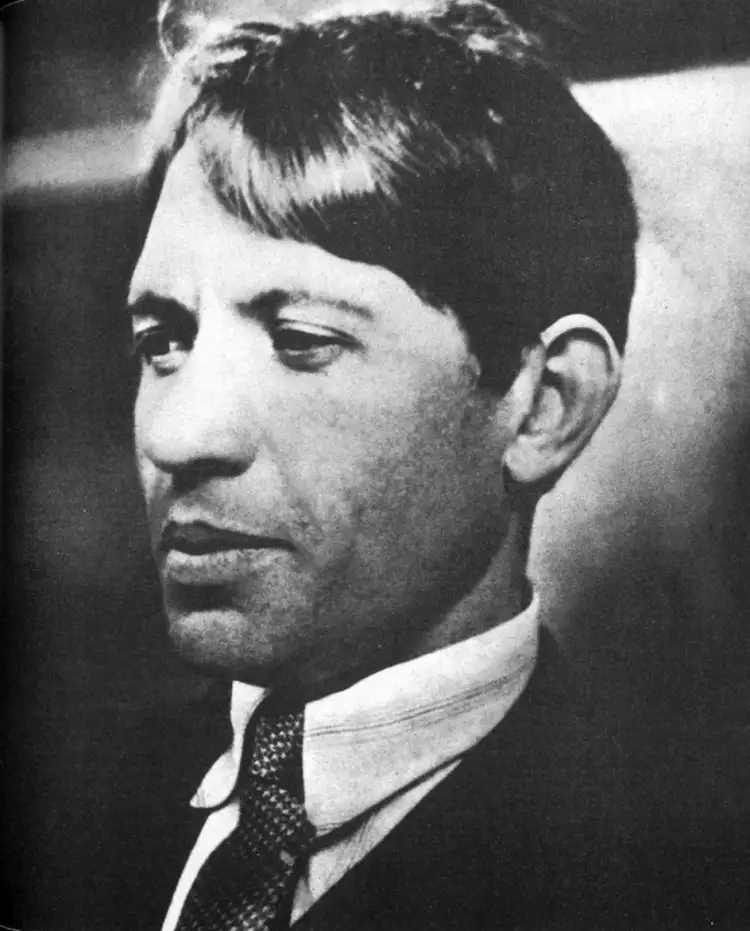 Chaim Soutine. Photo portrait, 1919
Chaim Soutine. Photo portrait, 1919
Chaim Soutine painted in his own style, which is still difficult to define today. Art historians find similarities with German Expressionism, the influence of abstract Impressionism, elements of Supernaturalism, Futurism, and Primitivism in his works. The artist's works astonish with their intricate ability to convey the intensity of emotions through seemingly non-aesthetic images: depictions of slaughtered and dissected animals, deformed faces in portraits, and landscapes that appear shapeless.
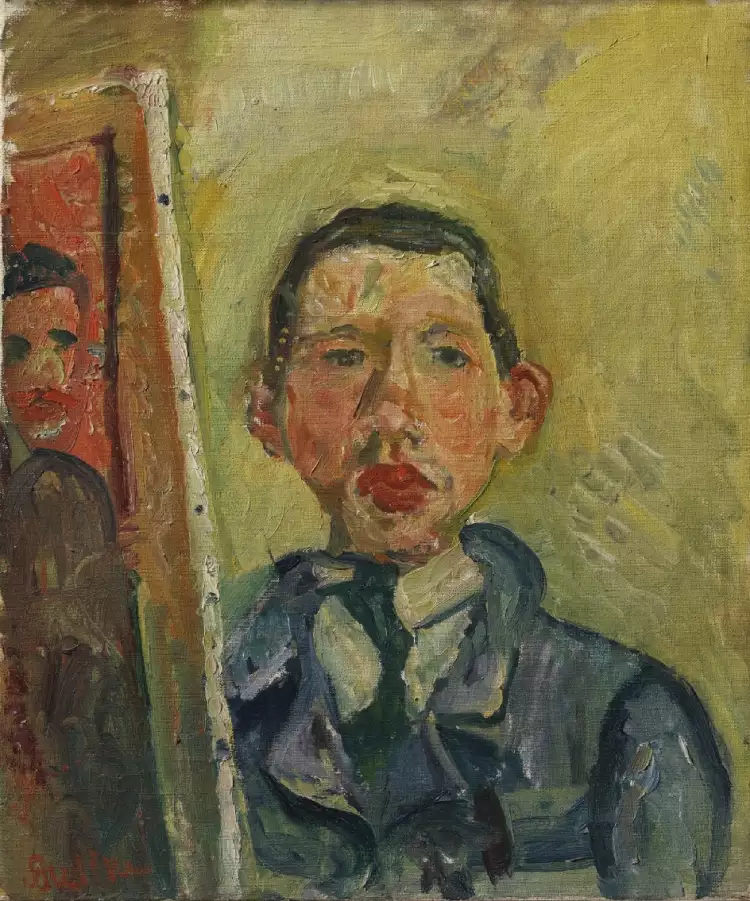 Chaim Soutine. Self-portrait, 1918
Chaim Soutine. Self-portrait, 1918
Biography of Chaim Soutine
Chaim Soutine was born into a large Jewish family in the town of Smilovichi, located approximately thirty kilometers from Minsk. Most art historians consider the artist's date of birth to be January 13, 1893, although there are other versions. Chaim's father worked in clothing repair, and his mother raised eleven children. The family adhered to strict religious traditions, which left a mark on the boy's character.
From an early age, the young artist had a passionate love for drawing, and at first, his parents supported his interests. However, when valuable items started disappearing from their home, which Chaim sold to buy art supplies, his father became furious. Despite persuasion and beatings, the punishments did not yield the desired result. At the age of fourteen, the teenager ran away to Minsk, where he spent a year studying at the Yakov Kruger School.
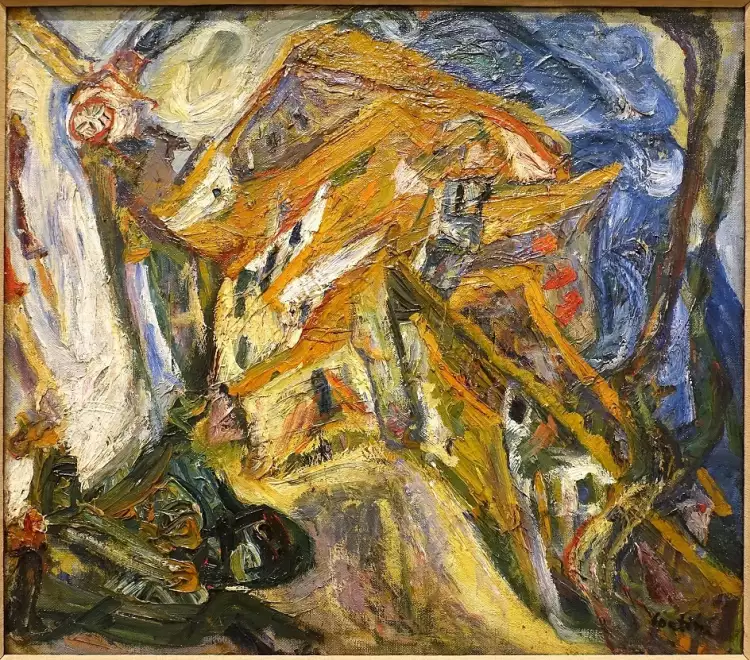 Chaim Soutine. View of Sere, 1921-1922
Chaim Soutine. View of Sere, 1921-1922
It was difficult for Soutine to escape the pressure from his parents near his home, so in 1910, he moved to Vilnius (now the capital of Lithuania, Vilnius). In his new location, the young painter received significant help from the well-known lawyer, politician, and patron Maxim Vinaver, who enrolled him in the local School of Fine Arts. The teachers highly appreciated Chaim's talent, but over time, the artist outgrew the level of the educational institution and dreamed of traveling to Paris, where new artistic movements were emerging. With the help of Vilnius patrons, he managed to reach the French capital in 1913.
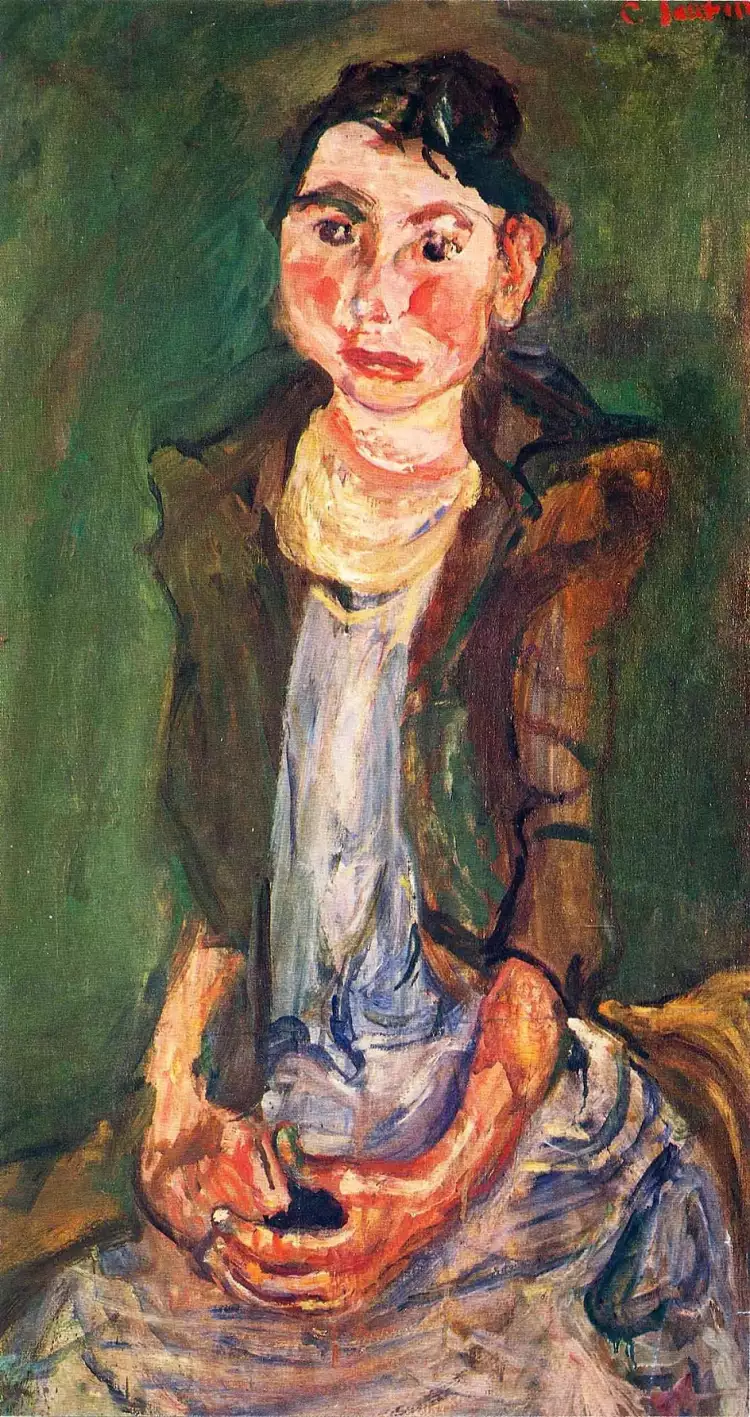 Chaim Soutine. Farmer's Girl, 1922
Chaim Soutine. Farmer's Girl, 1922
During this period, the artist desperately needed money. According to one legend, he had to work as a laborer at the Renault factory in the early days. It is believed that Pinchus Kremegne, his friend from Vilnius, introduced Soutine to the artists of the "Paris School." Together, they joined the artists' colony in Montparnasse, known as "La Ruche," where anyone who wanted to make their mark in painting was welcome. Here, Chaim met Pablo Picasso, Marc Chagall, and developed a close relationship with Amedeo Modigliani.
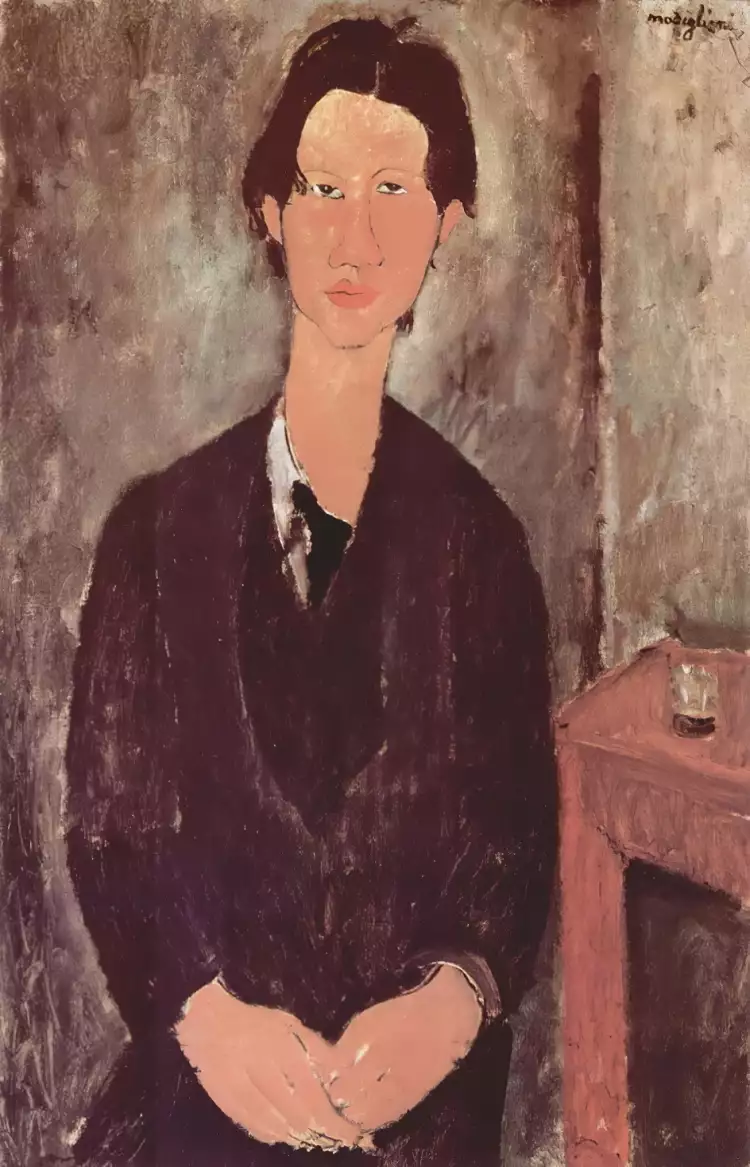 Chaim Soutine. Amedeo Modigliani. Portrait of Chaim Soutine sitting at his desk, 1916
Chaim Soutine. Amedeo Modigliani. Portrait of Chaim Soutine sitting at his desk, 1916
Despite his poor financial situation, Soutine attended paid classes by the realist artist Fernand Cormon for some time. However, he soon preferred visiting the Louvre, where he spent hours studying masterpieces of visual art. Meanwhile, the works of the artists in Montparnasse began to attract the attention of collectors, but the outbreak of World War I interrupted their exhibition activities. During this period, Soutine sold his works for a few francs and lived in poverty.
Help came from Modigliani - he introduced his friend to the patron Léopold Zborowski, who took Soutine under his wing. In 1918, the patron took his protégé to Nice because it was too dangerous to stay in Paris due to frequent bombings. A year later, Chaim moved to the commune of Céret in the south of France, where he devoted much of his time to landscapes. With the end of the war, the art market revived, but Soutine's work still did not gain much demand.
Everything changed in 1922 when the artist returned to Paris. It was then that Albert Barnes, an American physician and inventor, visited the capital of France to enrich his painting collection. After carefully studying Soutine's works, he bought over 70 paintings, practically emptying the artist's studio. For the first time, the artist received a substantial sum of 60,000 francs. Chaim immediately went on vacation to the Riviera and did not appear in Paris for a month.
Success inspired the master - after returning from the resort, he resumed painting with tripled energy. In 1923, Barnes exhibited a portion of the acquired paintings, and the press began to talk about Soutine's genius. A couple of years later, the artist's works were auctioned off for three thousand francs, which was considered a substantial amount of money at that time. In 1927, the master's first solo exhibition took place, where his works were sold for ten times the price.
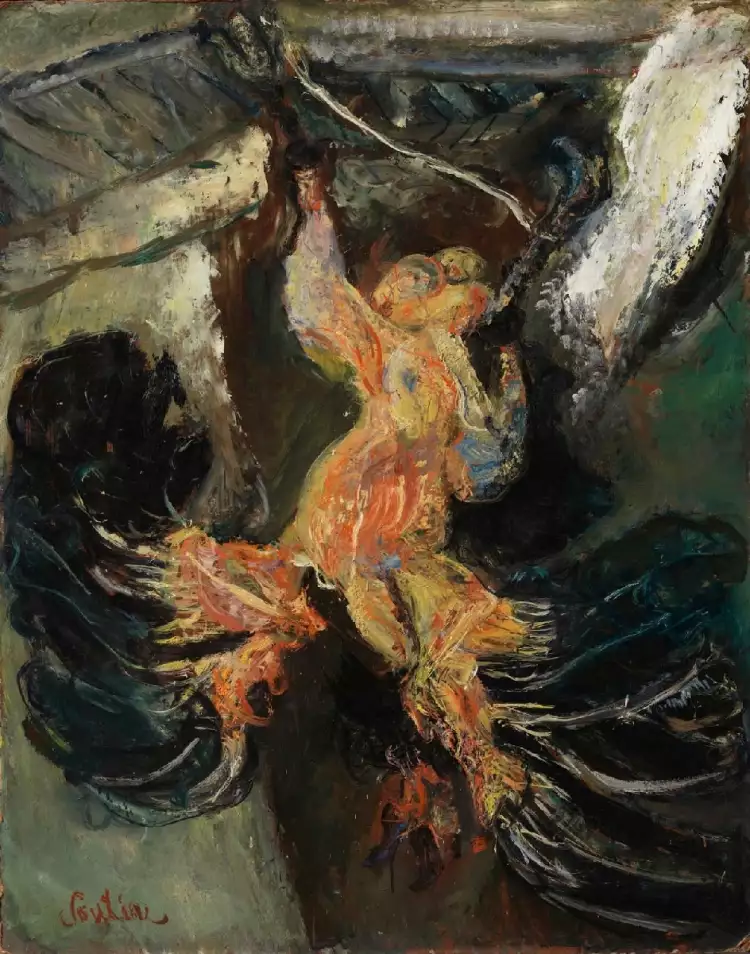 Chaim Soutine. Hanging turkey, 1925
Chaim Soutine. Hanging turkey, 1925
From this time, one of the strangest traits of the painter began to manifest. Being extremely prolific, Soutine often revisited his creations and burned works that he deemed insufficiently perfect. Zborowski did not understand this eccentricity, and over time, the relationship between the collector and the artist deteriorated. The care of the master was taken over by a French couple of patrons - Mathilda Kasten and her husband Marcelin. The spouses tried to create all the conditions for the genius to work and tolerated his difficult character.
By 1937, Soutine's stomach problems worsened. Doctors gave him a bleak diagnosis and informed him that he had no more than five years to live. Friends and acquaintances carefully concealed the doctors' prognosis from the master, but it couldn't spare him from suffering. Chaim had to follow a strict diet, or he would face another attack. The illness negatively affected the artist's temperament, which was already difficult to describe as mild. He had long ceased to communicate with old friends from Montparnasse and refused to help his sick father, although he spent a lot of money on expensive clothing and taxi rides.
With the start of the German occupation, the master refused to emigrate. Being Jewish, he was in mortal danger as the Gestapo hunted him. Soutine hid in the south of the country, but the tense situation aggravated his illness. After a particularly severe attack, friends decided to admit the artist to one of the Parisian clinics but chose a detour route through Normandy for safety. After the painter's arrival at the hospital, doctors immediately performed surgery on him but couldn't save him. Chaim Soutine passed away on August 9, 1943, without living to see the end of the war. The artist was buried in the Montparnasse Cemetery, with only a few people present at the ceremony.
The Most Famous Paintings by Chaim Soutine
Contemporaries note the amazing productivity of the master. He would ponder the subjects of his paintings for a long time, but once ready, he could stand at the easel for days. One of the artist's favorite genres was still life. His works were characterized by rich texture and meticulous work with lines, which made the objects on the canvas look very realistic. The most famous paintings by Chaim Soutine include:
- "Still Life with a Pipe" (1915) - one of the artist's early works, influenced by Paul Cézanne. The depiction appears schematic but captivates with its expressiveness, achieved through vigorous brushstrokes.
- "Red Gladioli" (1919) - part of the "flower" cycle, where Soutine demonstrated his ability to work with shades of red. The bright crimson buds evoke a strong association with tongues of flame.
- "The Bride" (1921-1922) - a work in the genre of portrait painting, where the artist always resorted to deformation. The depicted girl's grotesque appearance conveys a touching vulnerability, making her face memorable and significant.
- "Carcass of Beef" (1925) - a work from the famous "bull" series, painted by the master from life. The artist managed to depict the carcasses of slaughtered animals in such a way that the butchered meat appears perfect and full of meaning, evoking a sense of tragedy and the transience of all living things.
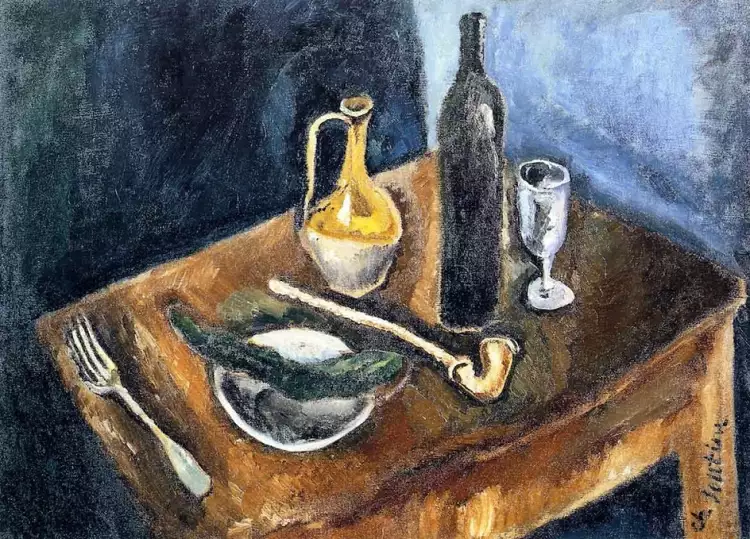 Chaim Soutine. Still Life with a Pipe, 1919
Chaim Soutine. Still Life with a Pipe, 1919
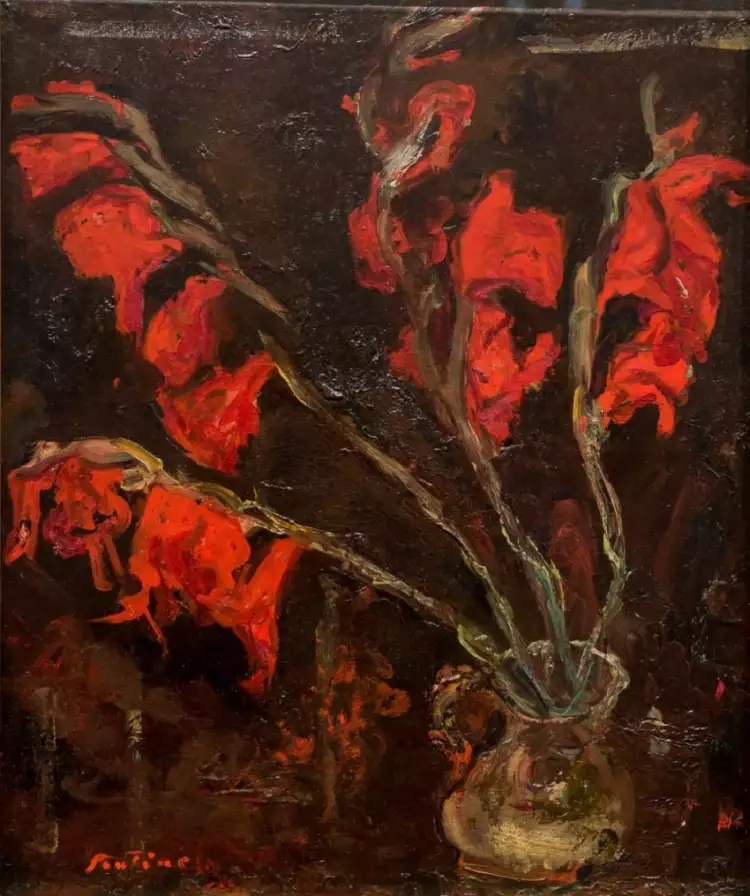 Chaim Soutine. Red Gladioli, 1919
Chaim Soutine. Red Gladioli, 1919
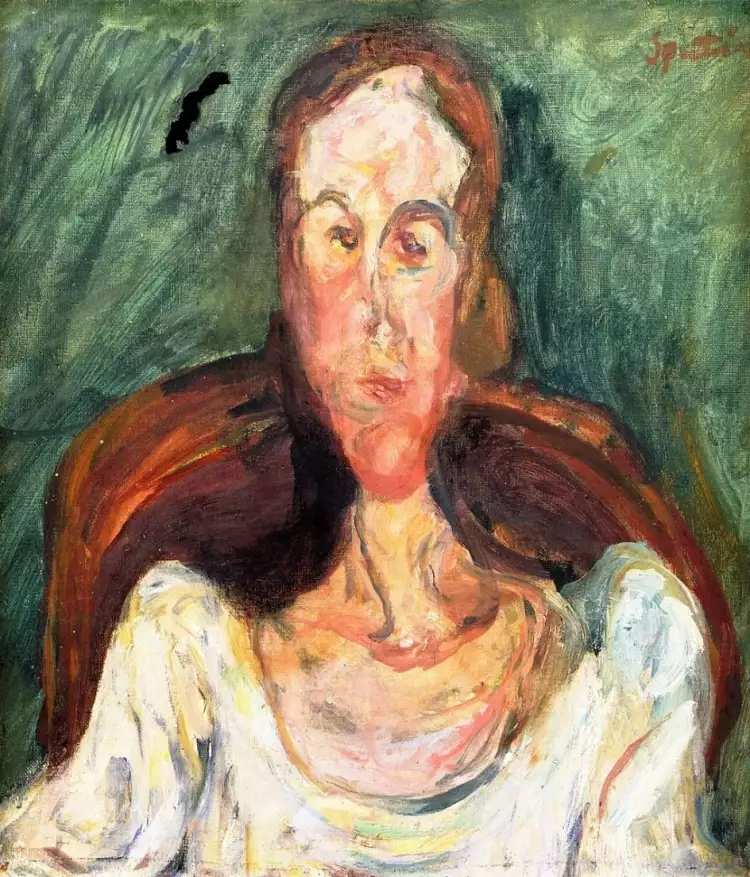 Chaim Soutine. The Bride (fragment), 1921-1922
Chaim Soutine. The Bride (fragment), 1921-1922
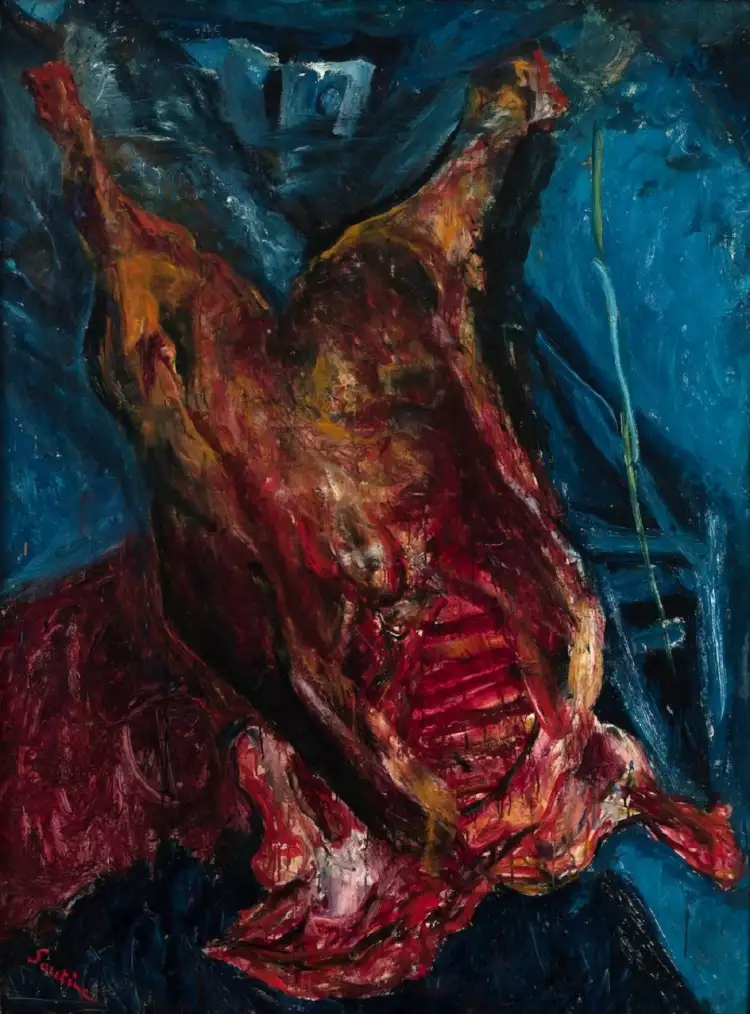 Chaim Soutine. Carcass of Beef, 1925
Chaim Soutine. Carcass of Beef, 1925
Chaim Soutine perfected the aestheticization of objects in his art. Through broken lines, unusual forms, and an explosion of colors, he could convey a sense of life as eternal suffering, where painting becomes a means to see beauty in images that are not conventionally attractive.
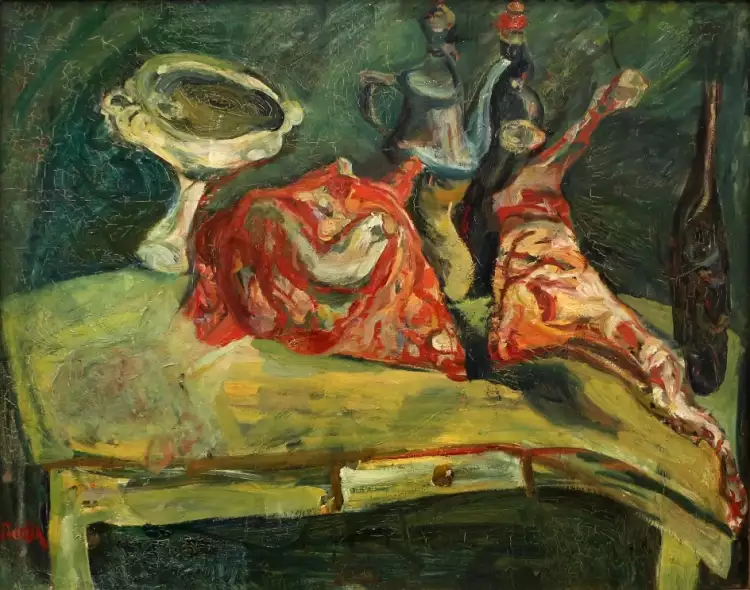
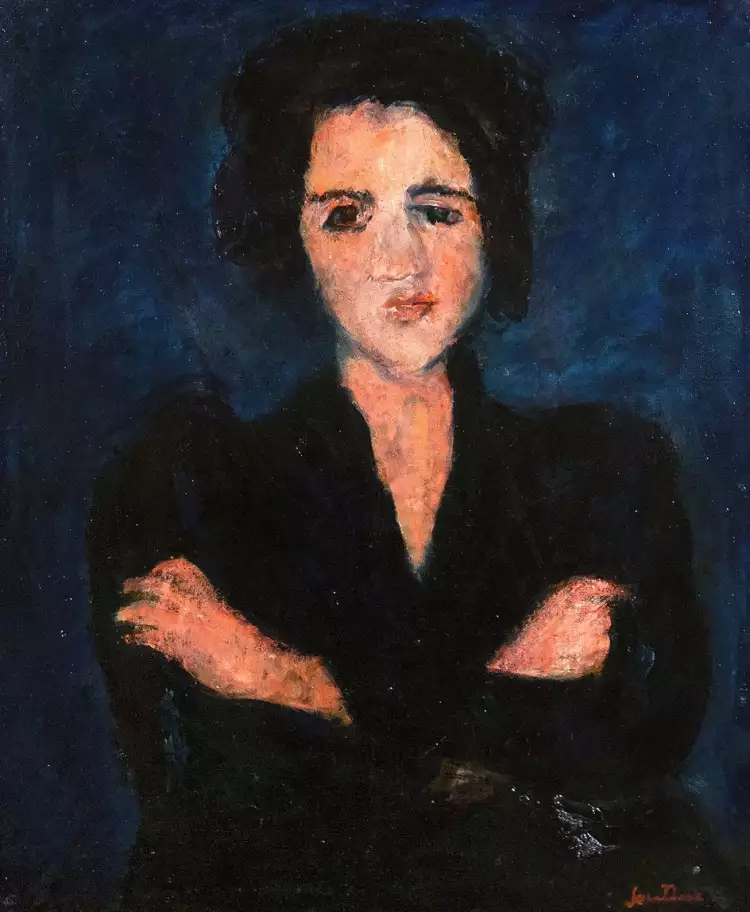
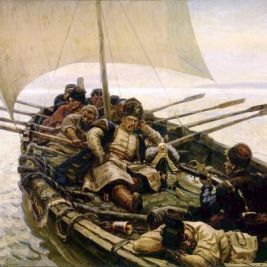 The painting "Stepan Razin" by Vasily Surikov is a tragic truth that triumphs over the epic image
The painting "Stepan Razin" by Vasily Surikov is a tragic truth that triumphs over the epic image 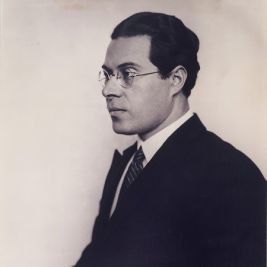 László Moholy-Nagy was a brilliant artist, a great experimenter, and an outstanding art theorist
László Moholy-Nagy was a brilliant artist, a great experimenter, and an outstanding art theorist  The painting "The Umbrellas" by Pierre-Auguste Renoir is a masterfully created illusion of black color
The painting "The Umbrellas" by Pierre-Auguste Renoir is a masterfully created illusion of black color 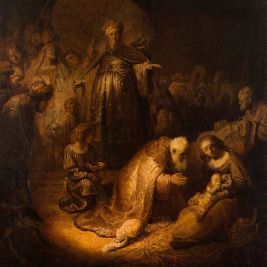 Grisaille is a unique monochromatic art with stunning possibilities
Grisaille is a unique monochromatic art with stunning possibilities 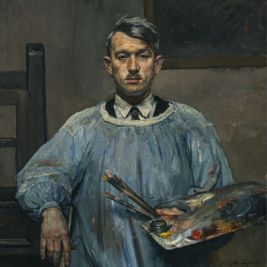 A colourful farmer Thomas Baumgartner
A colourful farmer Thomas Baumgartner 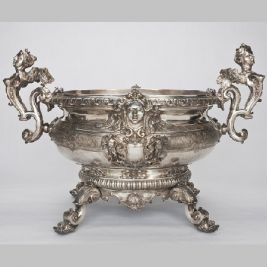 English Silver Tableware - History, Fashion, and Styles
English Silver Tableware - History, Fashion, and Styles 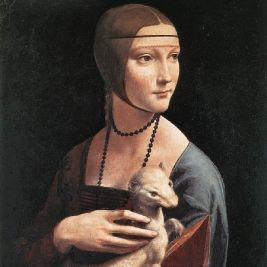 The top 10 most famous Italian artists - the greatest masters of painting in Italy of all time
The top 10 most famous Italian artists - the greatest masters of painting in Italy of all time 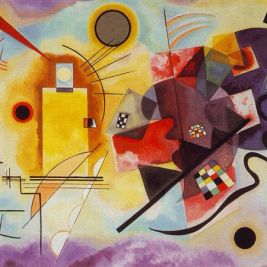 Avant-garde - the vanguard of the bold and resolute. Avant-garde styles in painting
Avant-garde - the vanguard of the bold and resolute. Avant-garde styles in painting 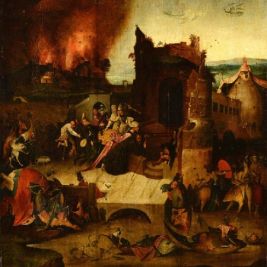 The painting "The Temptation of St. Anthony" by Hieronymus Bosch is a unique and mesmerizing work from the depths of centuries
The painting "The Temptation of St. Anthony" by Hieronymus Bosch is a unique and mesmerizing work from the depths of centuries 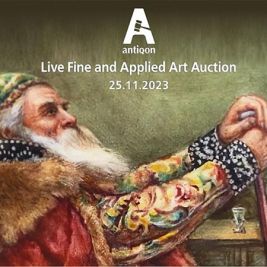 Live Fine and Applied Аrt Auction No.8 of the Antiqon trading platform
Live Fine and Applied Аrt Auction No.8 of the Antiqon trading platform